
In an ongoing study, the immunotherapy MPDL3280A continues to be well-tolerated and to show signs of activity in triple-negative breast cancer patients.

Your AI-Trained Oncology Knowledge Connection!



In an ongoing study, the immunotherapy MPDL3280A continues to be well-tolerated and to show signs of activity in triple-negative breast cancer patients.

Data from the Women’s Intervention Nutrition Study found a reduction in dietary fat intake resulted in lower death rates in ER- and PR-negative breast cancer.

The PD-1 inhibitor pembrolizumab showed activity and had an acceptable safety profile in heavily pretreated metastatic triple-negative breast cancer patients.
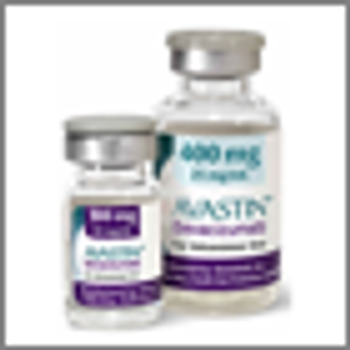
A study of triple-negative breast cancer patients found that adding bevacizumab to chemo resulted in higher pCR rates in those with basal-like disease.

A large study bolsters the evidence that black women who breastfeed have a lower risk of being diagnosed with ER- and triple-negative breast cancer.
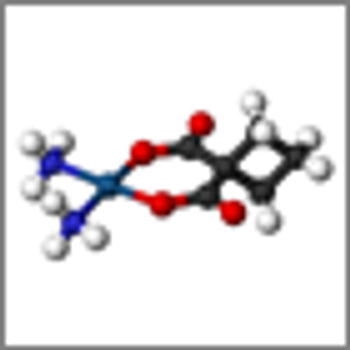
Adding either carboplatin or bevacizumab to a neoadjuvant regimen increased rates of pathologic complete response in triple-negative breast cancer patients.
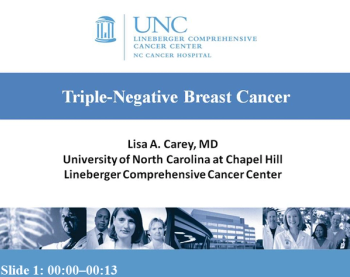
This slide deck covers the treatment of triple-negative breast cancer, a heterogeneous disease made up of numerous subtypes, and includes clinical variables that can help with prognosis and guide in treatment choice.

A new study shows that in some cases, inhibiting the growth of primary tumors can promote the spread of tumor cells to other parts of the body.

A new study found that smoking increases the risk of estrogen receptor (ER)-positive breast cancer for young women.

Scientists have discovered that the injection of an engineered virus into triple-negative breast cancer cells may allow the cancers to be treated with therapeutic radioiodine, a treatment traditionally used to treat thyroid cancers.
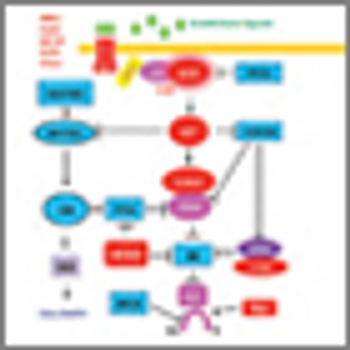
This article aims to provide an overview of The Cancer Genome Atlas findings, with a particular focus on their potential biological relevance and therapeutic implications.

In order for malignancies to establish in metastatic sites, cancer cells must acquire attributes of those sites; specifically how this occurs in many cancers is relatively unknown, but a new study implicates the stroma of certain breast cancer tumors in the development of bone metastases.

Clearly there is no single therapy for all patients with TNBC, given the molecular heterogeneity of this subtype. However, new insights from further genomic analysis of TNBC suggest approaches to rational clinical trial design, and patients will undoubtedly benefit as we define the most appropriate therapeutic targets in management of this aggressive disease.

Triple-negative breast cancer (TNBC) remains a very challenging entity today, but with the identification of new targets and further optimization of therapy, the landscape for TNBC may not look so negative. In the future, “TNBC” may be considered an antiquated misnomer, as we will have identified various breast cancer subgroups based on what they “are” rather than what they “are not.”

With regard to potential research strategies relevant to the treatment of triple-negative breast cancer/basal-like breast cancer, potential targets include PTEN, INPP4B, PIK3CA, KRAS, BRAF, EGFR, FGFR1, FGFR2, IGFR1, KIT, MET, PDGFRA, and the HIF1-α/ARNT pathway. Many of these will be discussed further in this review article.
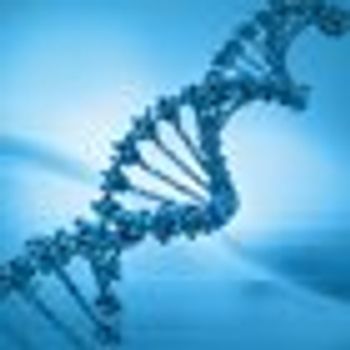
In a study presented at ASCO, a team of researchers used microarrays to characterize 130 triple-negative breast cancer patients treated with neoadjuvant chemotherapy to see whether certain subtypes are more likely to respond to the treatment.

Washington, DC-“Triple-negative breast tumors are composed of mosaic cancer cells with distinct genetic aberrations,” said Jorge S. Reis-Filho, MD, PhD, a surgical pathologist at the Memorial Sloan-Kettering Cancer Center in New York, who combines traditional pathology, gene expression profiling, and genomics techniques to understand rare breast tumor types, including triple-negative diseases.
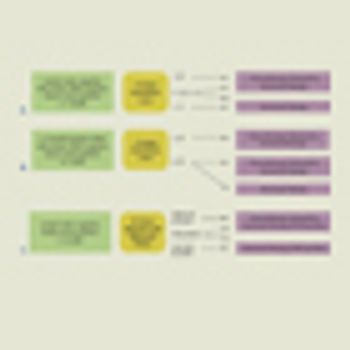
Additional insight into the biology of ER-positive breast cancers, particularly the higher risk luminal B cancers, could aid in identifying potential targets and new, effective therapies. And though the majority of triple-negative breast cancers are the “basal-like” subtype, significant proportions are in other subtypes.

At the 30th Annual Miami Breast Cancer Conference, Lisa Carey, MD, presented the major questions in managing triple-negative breast cancer. This type of breast cancer makes up approximately 15% of all breast cancer cases, is typically more aggressive, and has a higher risk of early relapse.
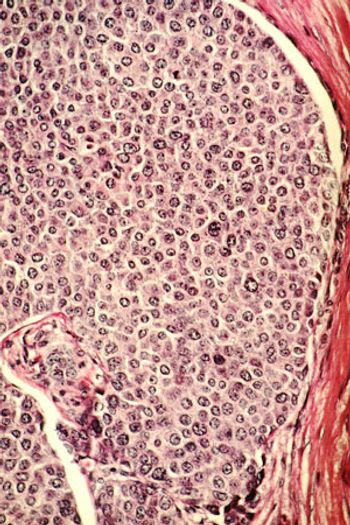
Researchers discovered that in triple-negative breast cancer, an inhibitor of metastasis, miR-708, is repressed, results that could lead to novel therapies.

Efforts to identify clinical biomarkers of response or resistance to mTOR inhibitors are ongoing. This review will summarize results of preclinical and clinical studies as well as ongoing clinical trials with mTOR or dual PI3K/mTOR inhibitors.

The risk of triple-negative breast cancer appears to be lower for women who delayed childbirth and who chose to breast feed according to a new study.
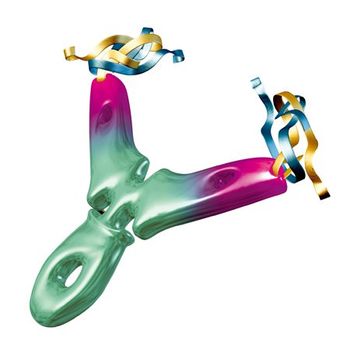
Triple-negative breast cancer patients with primary invasive cancer did not benefit from adjuvant combination chemotherapy plus bevacizumab compared to chemotherapy alone.
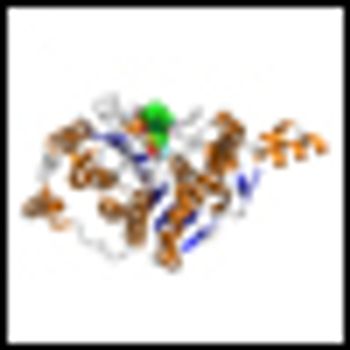
Combining histone deacetylase (HDAC) inhibitors with PARP inhibitors or cisplatin has the potential to be an effective treatment for triple-negative breast cancer, according to preclinical research presented this week at the San Antonio Breast Cancer Symposium.

To kick off SABCS 2012, we discuss the use of molecular testing for the diagnosis and treatment of breast cancer patients in the clinical setting with Dr. Antonio Wolff of the Kimmel Cancer Center at Johns Hopkins University, one of the presenter's during the "Practical Use of Molecular Profiling" session at this year's symposium.